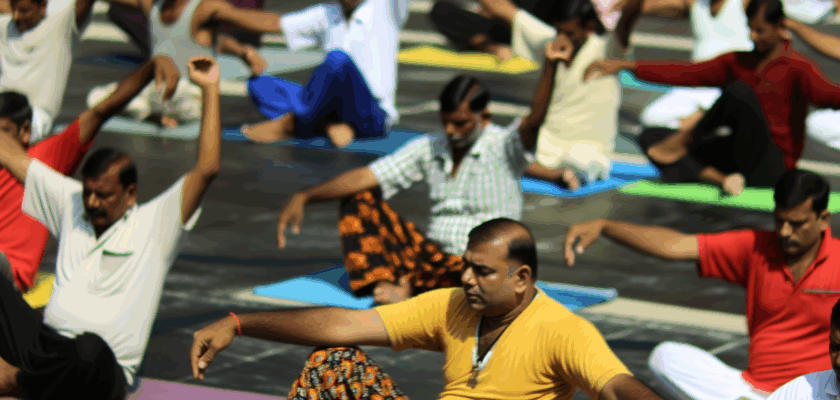Combining yoga and strength training is becoming an increasingly popular approach to fitness, offering practitioners a well-rounded regimen that enhances both physical power and mental clarity. While strength training is traditionally focused on building muscle mass and improving endurance, yoga emphasizes flexibility, balance, and mindfulness. Integrating these two disciplines allows individuals to enjoy a broader spectrum of health benefits, addressing common limitations posed by practicing either one in isolation. This article explores the advantages of merging yoga with strength training and provides guidance on how to develop a balanced routine that leverages the strengths of both.
The Benefits of Merging Yoga with Strength Training
One of the primary benefits of combining yoga with strength training is improved flexibility and mobility. Strength training typically involves repetitive movements that can lead to muscle tightness and reduced range of motion if not properly managed. Yoga’s emphasis on stretching and lengthening muscles counteracts this tightness, promoting better joint health and reducing the risk of injury. Enhanced flexibility also allows for more effective strength training performance, as muscles and tendons are better prepared for dynamic movement.
Another significant advantage is the complementary development of body awareness and mind-body connection. Strength training often focuses on external goals such as lifting heavier weights or increasing repetitions, whereas yoga encourages internal focus and mindfulness. By blending the two, practitioners can cultivate greater control over their movements, ensuring exercises are performed with proper form and minimizing the chance of strain. This heightened awareness also contributes to improved breathing techniques, which benefits endurance and recovery during strength workouts.
Lastly, the combination supports overall well-being by integrating physical and mental health practices. Strength training promotes metabolic health, bone density, and cardiovascular fitness, while yoga reduces stress and anxiety through relaxation and meditation techniques. The dual approach fosters a balanced lifestyle where the body becomes stronger and more resilient, and the mind stays calm and centered. This holistic benefit appeals to many looking to optimize their fitness while managing the pressures of daily life.
How to Create a Balanced Yoga and Strength Routine
When designing a routine that incorporates both yoga and strength training, balance and scheduling are key considerations. A practical approach is to alternate between the two disciplines on different days, allowing muscles to recover from strength sessions while benefiting from the restorative aspects of yoga. For example, strength training can be performed three times a week, with yoga sessions interspersed on recovery days to improve flexibility and reduce muscle soreness.
Integrating yoga into warm-up and cool-down phases of strength workouts can also be highly effective. Dynamic yoga poses such as sun salutations activate the muscles and increase circulation before lifting weights, preparing the body for exertion. Post-workout, static stretching and breathing exercises help calm the nervous system and promote muscle recovery. These brief yoga segments complement strength training by enhancing mobility and reducing stiffness without requiring extensive time commitment.
It is important to tailor the intensity and style of yoga to match individual fitness goals and strength training demands. Power yoga or vinyasa flow may be suitable for those seeking to maintain cardiovascular intensity, while restorative or yin yoga could be better for recovery-focused days. Listening to the body and adjusting the routine accordingly ensures that neither discipline overshadows the other, creating a sustainable and enjoyable fitness regimen.
The fusion of yoga and strength training offers a comprehensive approach to fitness that addresses both physical strength and mental resilience. By appreciating the unique benefits each discipline brings, individuals can develop a balanced routine that enhances flexibility, body awareness, and overall well-being. Whether alternating days or combining practices within a single session, merging yoga with strength training has the potential to transform traditional workout paradigms and support long-term health.

